“Librarians have the opportunity to work as partners with faculty, become resources for innovative teaching and learning activities, and guide students as they create new types of content for their course assignments” -Joan Lippincott, 2015
The academic library has long been a place for learning. Unlike the public library, it does not have to go through a transformation to become a classroom. Academic libraries are conducive to instruction including modern technological learning tools that have become essential to digital literacy and learning; this includes things like open online courses that a large amount of people can attend (Stephens, 2016). Though the academic library is inherently a place for instruction, the way this instruction is done has evolved. This got me thinking about the ways academic libraries have changed to adjust to infinite learning and what they can do in the future.
The old idea of academic research projects are highly structured with students having to select from a narrow set of topics and follow a step-by-step plan for research and formatting. To foster infinite learning, library staff should inject creativity into academic research. For one, students should be allowed to pick their own research topics. This not only allows students to be genuinely interested in the research they are doing, but also challenges them to find sources that for their topic or to determine if their topic is even appropriate. The process is going to be messy because students will struggle, and this is okay because this fosters authentic and creative work (Block, 2014). However, it should not be a complete free for all. We should provide structure and assistance throughout the research process. One example of this is to give students a starting place for their research and give them checkpoints to complete certain tasks in the research process.

Static and dynamic learning is a concept developed with grade and high school students in mind, but the ideas can be transferred to university students doing research
This being said, the research process should not be a static one, it should be dynamic. What I mean by this is students should be encouraged to edit their research and topic throughout their research process. This comes with the caveat that a student should not completely switch research topics (unless of course it is very early on in the research process), but perhaps a student shifts their focus to a certain subtopic or change their argument based on the research they have done. This is a change from the mindset that research papers should be done to be completed; the research should be done to learn something new, to change or reinforce a perspective, and to effectively communicate the things the student has learned.
Another essential part of infinite learning in an academic library is to work with a number of research sources and project formats. The old academic library is focused on referring to academic sources and writing papers. This is not to say there is not a time and place for these things because there certainly is. We should be expanding the amount of ways students search for and present information. Interviews, photos, and sound clips can be great sources for information. Even non-academic sources can have their place in academic research, especially when students are learning how to effectively information seek. Sometimes the research can be better presented in a podcast or an infographic. Encouraging this encourage creativity in research, which is what we want to achieve infinite learning.
References
Bell, K. (2017). Static Learning v. Dynamic Learning [Image]. Shake Up Learning. https://shakeuplearning.com/blog/push-boundaries-school-dynamic-learning/static-v-dynamic-2/
Block, J. (2014, January 7). Embracing messy learning. Edutopia. https://www.edutopia.org/blog/embracing-messy-learning-joshua-block
Lippincott, J. (2015, March 3). The Future for Teaching and Learning | American Libraries Magazine. American Libraries Magazine. https://americanlibrariesmagazine.org/2015/02/26/the-future-for-teaching-and-learning/
Stephens, M. (2016). The Heart of Librarianship: Attentive, positive, and purposeful change, ALA Editions.

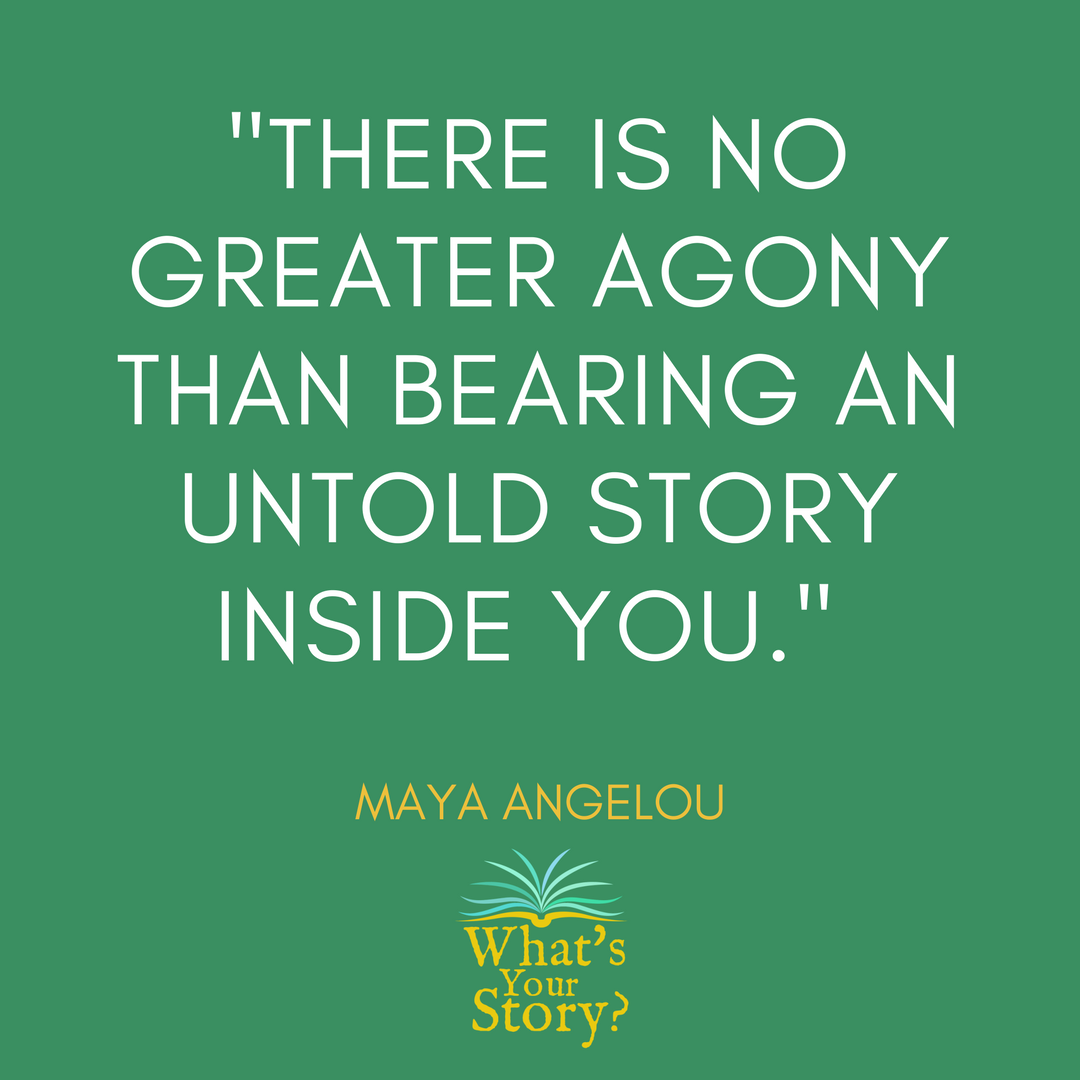



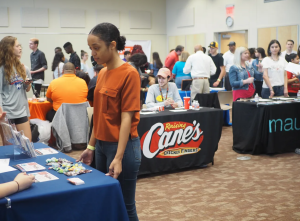
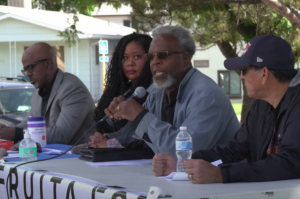
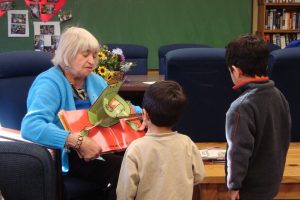
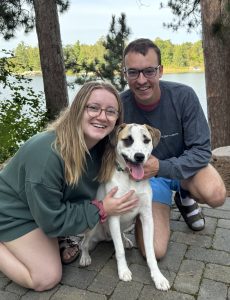 I live with my partner John and our dog Franklin. In my free time I enjoy playing my Switch (currently playing Pokemon: Legends Arceus) and reading (my favorite author is Emily Austin, if you would enjoy sapphic literary fiction with a humorous tone I would highly recommend reading her works). I recently took up bird watching which I am enjoying. As if working, classes, and my current hobbies weren’t enough, I am also currently in a community theatre production of Hairspray that will go on stage in mid July.
I live with my partner John and our dog Franklin. In my free time I enjoy playing my Switch (currently playing Pokemon: Legends Arceus) and reading (my favorite author is Emily Austin, if you would enjoy sapphic literary fiction with a humorous tone I would highly recommend reading her works). I recently took up bird watching which I am enjoying. As if working, classes, and my current hobbies weren’t enough, I am also currently in a community theatre production of Hairspray that will go on stage in mid July.